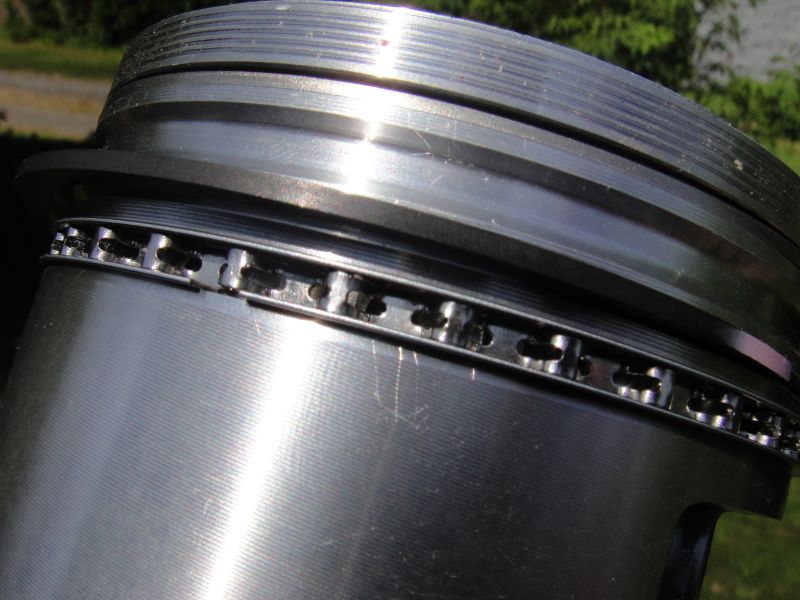JohnnyRingo
Well-Known Member
So I'm installing my piston rings with a ring spreader, and the spreader LIGHTLY scratched the surface of the piston. I tried to be as gentle/delicate as possible but the f'ing tool bumped into it as the ring popped out of the spreader. I can BARELY feel it if I run my finger nail along it, but can't feel it when I run the tip of my finger along it. How detrimental is that/how bad did I mess it up?
Kyle
Kyle

















